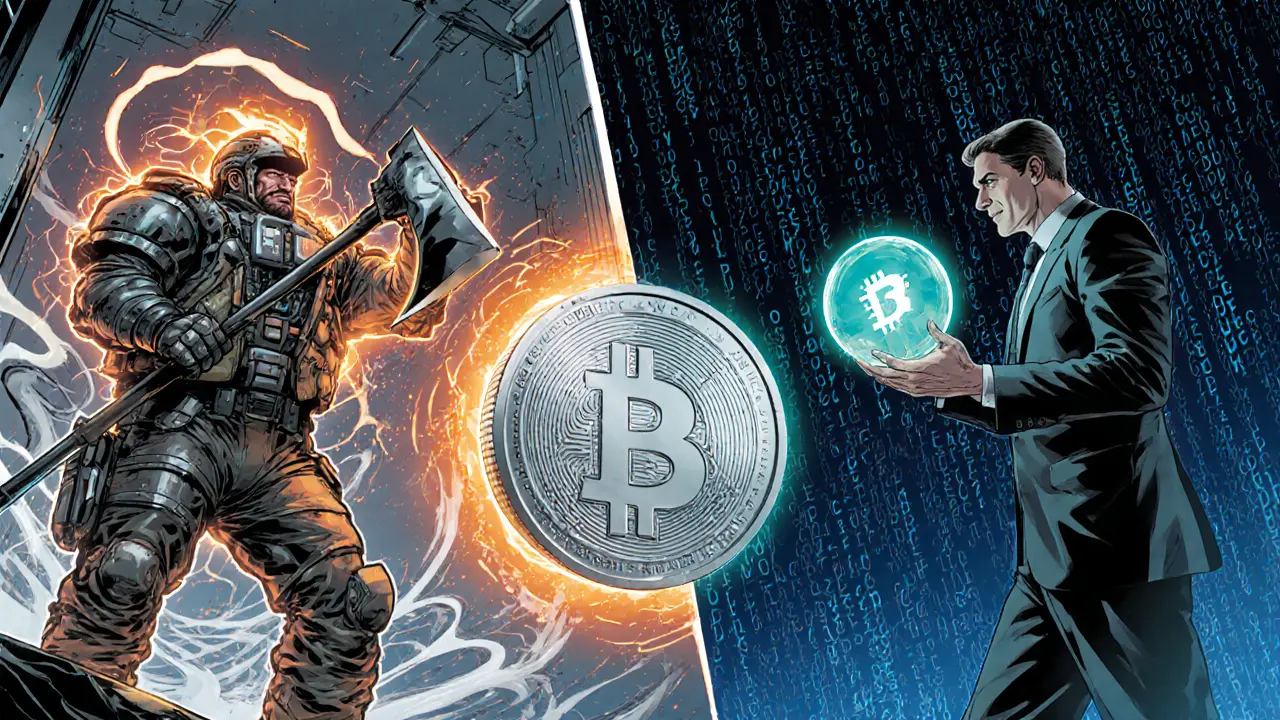Crypto Governance: Understanding Decentralized Decision‑Making
When working with crypto governance, the system that lets token holders influence protocol rules, upgrades, and fund allocation. Also known as blockchain governance, it blends community voting, technical proposals, and on‑chain execution to keep a network alive and adaptable. Crypto governance is not just a buzzword; it’s the backbone of how decentralized projects stay relevant.
One core pillar of this system is the Decentralized Autonomous Organization (DAO), a legal‑free entity where members make decisions through smart‑contract‑based voting. DAOs provide the framework that lets anyone with a governance token propose changes, discuss trade‑offs, and vote transparently. Another crucial piece is the governance token, the digital asset that grants voting power and often shares in protocol fees. Together, DAOs and governance tokens create a feedback loop: token holders fund the DAO, the DAO proposes upgrades, and token holders vote to approve or reject them.
Key Components and How They Interact
Crypto governance encompasses three main activities: proposal creation, voting, and execution. Proposal creation is the first step, where a community member drafts a change—like a fee adjustment or a new feature. Voting mechanisms vary; some projects use simple yes/no polls, while others apply quadratic voting to balance influence. Execution is automated: once a proposal passes, a smart contract enforces the change without human interference.
On‑chain voting is the technical method that records each vote directly on the blockchain. This provides immutability and transparency, enabling anyone to audit the results. Off‑chain discussions often happen on forums or Discord, but the final decision always hinges on the on‑chain tally. Token‑weighted voting gives more tokens a bigger say, yet many ecosystems add safeguards—like minimum quorum or time locks—to prevent whales from hijacking the process.
Governance tokens also serve an economic purpose. Holders can earn a share of transaction fees, staking rewards, or protocol revenue, aligning financial incentives with responsible voting. This dual role—decision‑making and profit‑sharing—makes governance tokens a powerful tool for community alignment.
Security is a hot topic in crypto governance. Reentrancy attacks, flash loan exploits, and vote‑buying schemes can undermine a proposal’s integrity. Projects counter these risks with measures such as delayed execution, multi‑signature wallets, and anti‑Sybil mechanisms. Understanding these defenses helps participants trust the system and avoid accidental loss.
Regulatory pressure adds another layer. Some jurisdictions classify governance tokens as securities, which can affect how proposals are crafted and voted on. Yet many projects embrace self‑regulation, using transparent processes to stay ahead of lawmakers. This push‑and‑pull dynamic shapes the evolution of governance models across the industry.
When you look at real‑world examples, you’ll see the variety. The MakerDAO system lets holders vote on stability fees that affect the DAI stablecoin. Uniswap’s UNI token enables proposals on fee structures and token listings. Meanwhile, newer platforms experiment with reputation‑based voting, where long‑term contributors earn extra weight.
All these pieces—DAOs, governance tokens, voting mechanisms, security safeguards, and regulatory context—interlock to form a living ecosystem. Crypto governance is a continuous loop of proposal, vote, and execution, driven by community incentives and technical safeguards.
Below you’ll find a curated collection of articles that dive deeper into each of these aspects. Whether you’re curious about DAO crashes, token airdrop governance, or the latest reentrancy defense techniques, the posts below break down complex concepts into actionable insights you can use right now.

